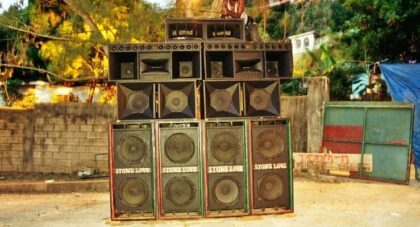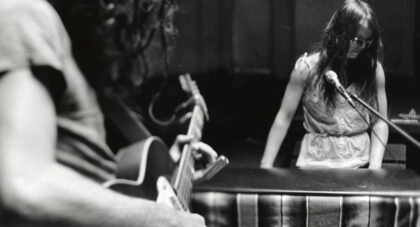Based on sheer musicality, Wolf City could be the strongest record Amon Düül would ever make. The ensemble’s second record of 1972, released just a couple months after its predecessor, removes theatrics, limits improvisation, and its blistering riffs shake the very foundations of psychedelia. Things get quaking in wavering slink. The entire world begins to reverberate around the serpentine exchange of acoustic and electric guitar interplay. A false chorus ushers in a fiddle led freak-out and synthesizers begin to malfunction before heading into a lull . . .
Only the good shit. Aquarium Drunkard is powered by its patrons. Keep the servers humming and help us continue doing it by pledging your support.
To continue reading, become a member or log in.


